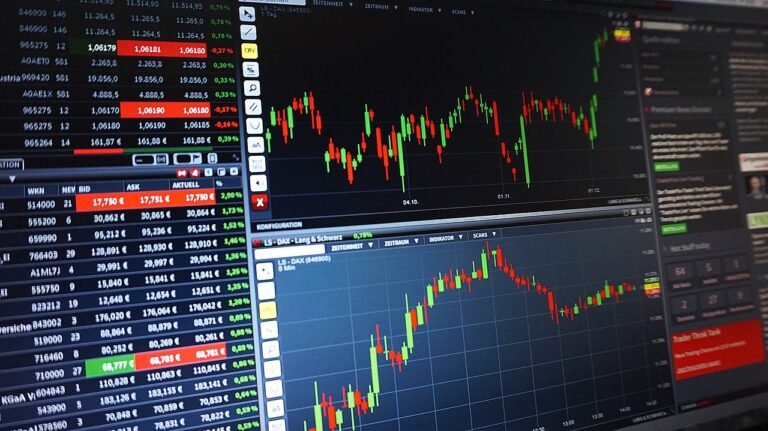
Tracking your trading performance is essential to becoming a successful trader. By understanding and analyzing key performance indicators (KPIs), you can identify strengths, weaknesses, and areas for improvement in your trading strategy. This guide explains the most important indicators to measure your trading performance effectively.
Why Measure Trading Performance?
Measuring your trading performance helps you:
- Evaluate Strategy Effectiveness: Determine if your trading methods are profitable over time.
- Manage Risk: Identify if your risk management techniques are working.
- Improve Decision Making: Understand your trading habits and correct mistakes.
- Set Realistic Goals: Track progress and adjust targets accordingly.
Key Trading Performance Indicators
Here are the main KPIs every trader should monitor:
- Win Rate: The percentage of winning trades compared to total trades. A higher win rate usually indicates consistent performance.
- Risk-Reward Ratio: The ratio of potential profit to potential loss on each trade. A good ratio helps ensure profits outweigh losses.
- Average Gain vs. Average Loss: Measures the average amount won on profitable trades versus the average loss on losing trades.
- Profit Factor: The ratio of gross profits to gross losses. A profit factor above 1 indicates profitability.
- Drawdown: The largest peak-to-trough decline in your account balance, showing the risk of losing capital.
- Expectancy: The average amount you can expect to win or lose per trade, factoring in win rate and risk-reward ratio.
How to Track Your Trading Performance
To measure your performance accurately:
- Keep a Trading Journal: Record every trade including entry, exit, size, and outcome.
- Use Trading Software: Many platforms offer built-in analytics to track KPIs automatically.
- Review Regularly: Analyze your data weekly or monthly to spot trends and areas for improvement.
- Adjust Strategies: Use insights to refine your trading plan and risk management.
Tips for Improving Trading Performance
- Focus on Consistency: Aim for steady, incremental gains rather than big wins.
- Control Emotions: Avoid impulsive decisions driven by fear or greed.
- Keep Learning: Continuously educate yourself on market behavior and trading techniques.
- Set Realistic Expectations: Understand that losses are part of trading and manage risk accordingly.
Conclusion
Measuring your trading performance through key indicators is crucial to your growth as a trader. By tracking and analyzing these metrics, you can make informed adjustments, reduce risk, and increase your chances of long-term success. Remember, consistent evaluation and improvement are the cornerstones of profitable trading.